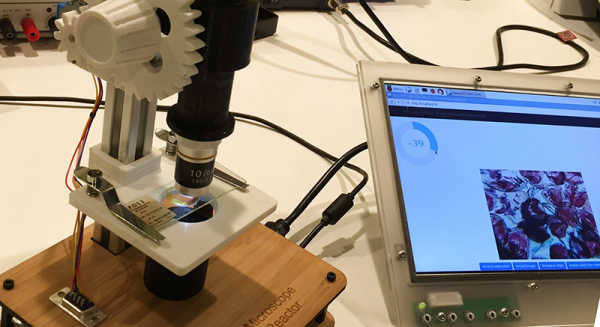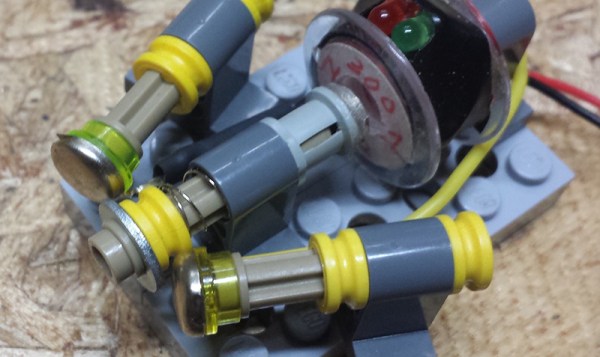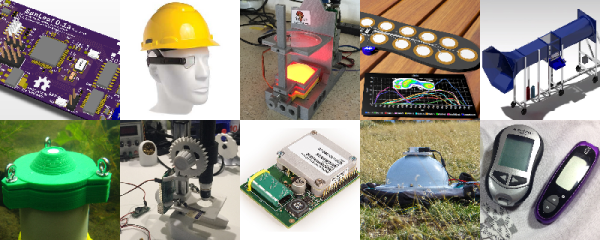Electromyography is a technique used to study and record the electrical signals generated when a muscle contracts. It’s used for medical diagnosis, rehab, kinesiological studies, and is the preferred method of control for robotic prosthetics and exoskeletons. There are a few companies out there with myoelectric products, and the use case for those products is flipping the slides on a PowerPoint presentation. Lucky for us, this project in the Hackaday Prize isn’t encumbered by such trivialities. It’s an open, expandable platform to turn muscle contractions into anything.
As you would expect, reading the electrical signals from muscles requires a little more technical expertise than plugging a cable into an Arduino. This project has opamps in spades, and is more than sensitive enough to serve as a useful sensor platform. Already this project is being used to monitor bruxism – inadvertent clenching or grinding of the jaw – and the results are great.
While it’s doubtful this device will ever be used in a medical context, it is a great little board to add muscle control to a robot arm, or build a very cool suit of power armor. All in all, a very cool entry for The Hackaday Prize.












 If your project didn’t make the cut, there’s still an opportunity for you to build the next great piece of hardware for The Hackaday Prize. The
If your project didn’t make the cut, there’s still an opportunity for you to build the next great piece of hardware for The Hackaday Prize. The 









